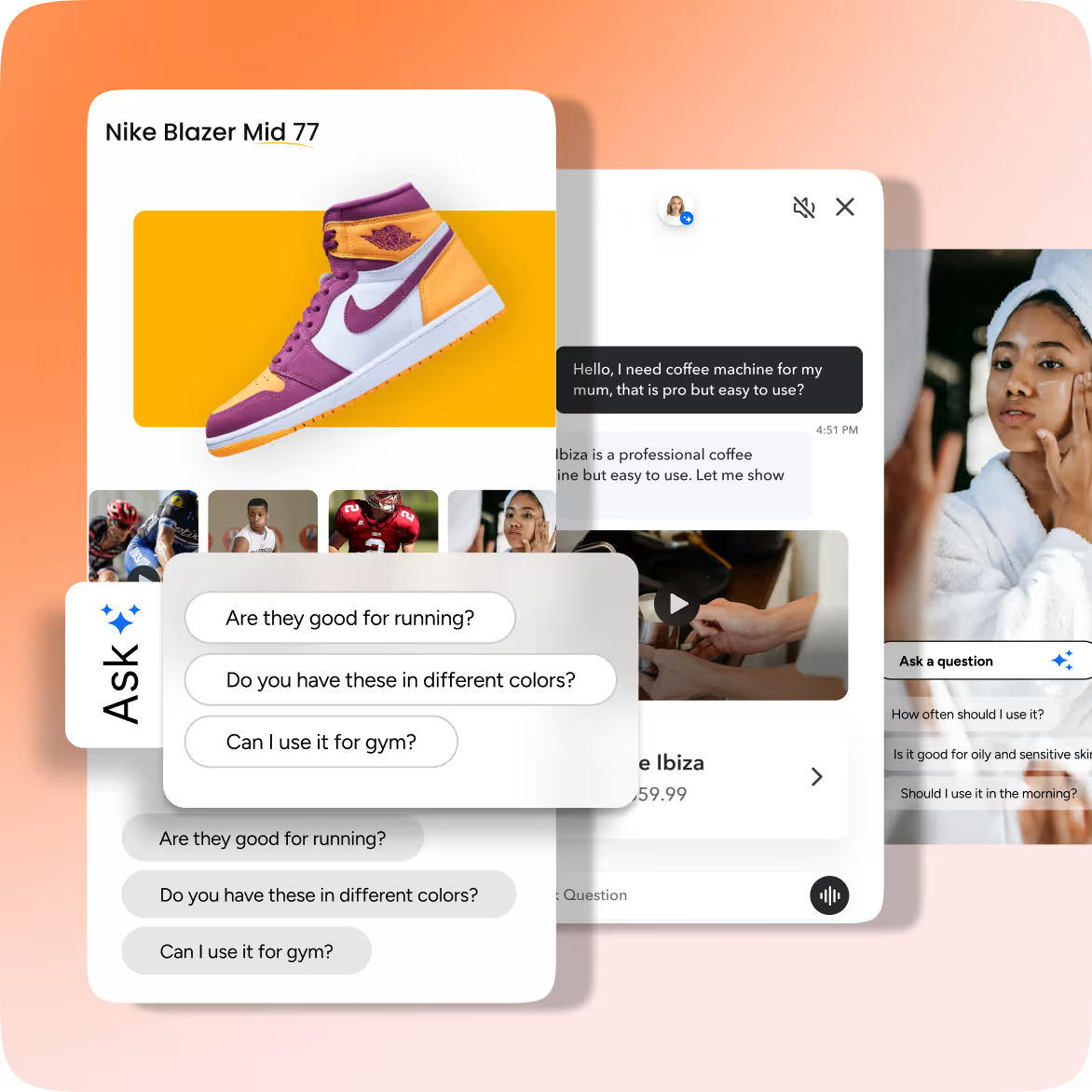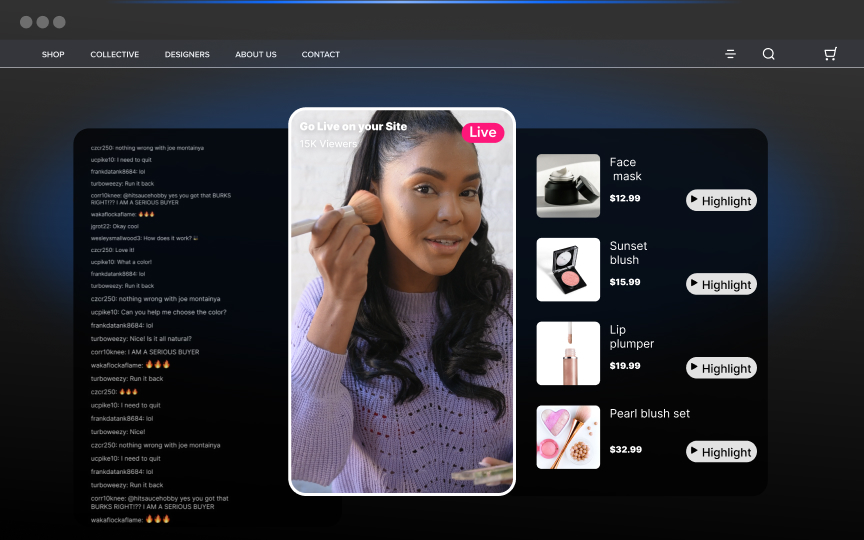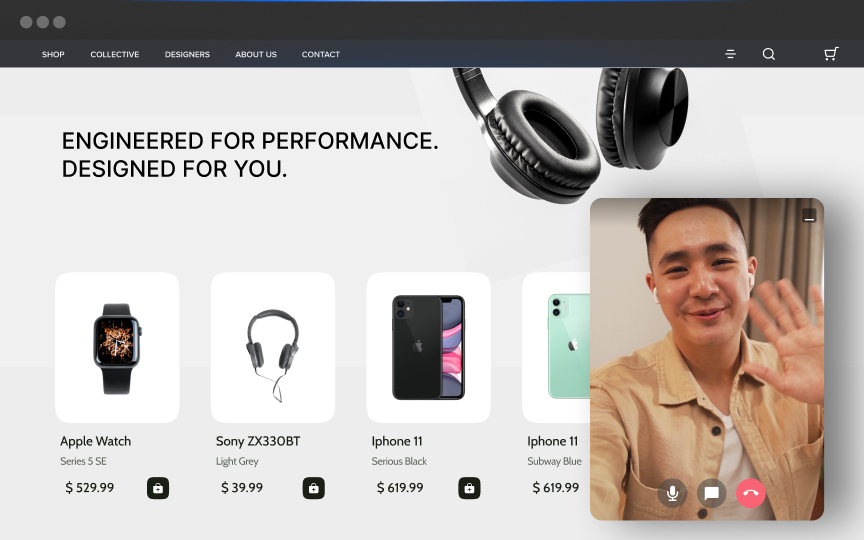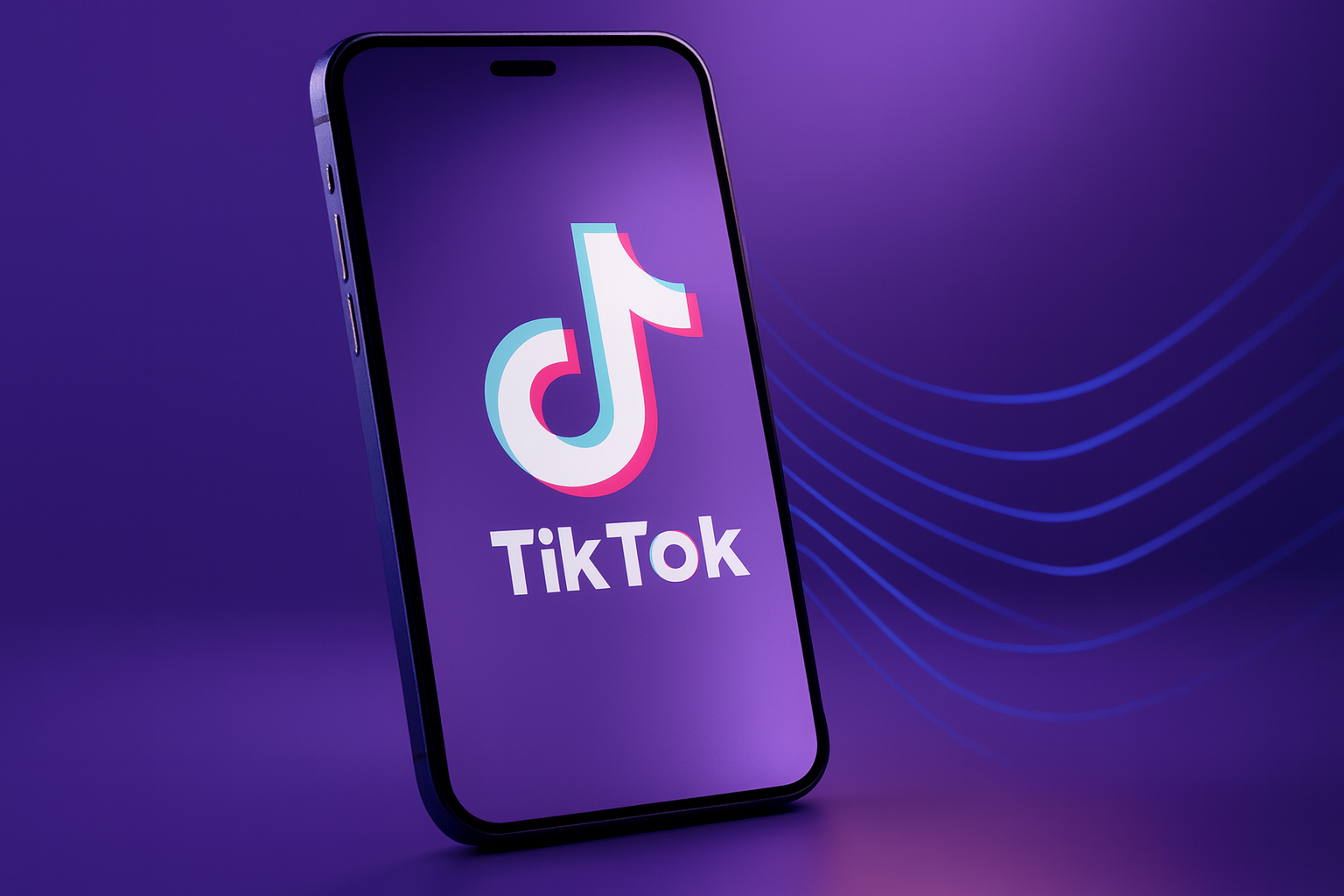This article was originally published on Snowflake and is republished here with permission. The views expressed in this article are those of the author and do not necessarily reflect the views of Firework.
For years, companies have operated under the prevailing notion that AI is reserved only for the corporate giants — the ones with the resources to make it work for them. But as technology speeds forward, organizations of all sizes are realizing that generative AI isn’t just aspirational; it’s accessible and applicable now.
With Snowflake’s easy-to-use, unified AI and data platform, businesses are removing the manual drudgery, bottlenecks and error-prone labor that stymie productivity, and they are using generative AI to deliver new insights — and revenue streams. But
what does that look like in practice?
In this blog series, we gather some innovative generative AI solutions that our customers are using in production today. Their stories demonstrate how Snowflake and Cortex AI are putting gen AI goals within reach and driving business value along the way.
Firework develops AI virtual shopping assistant that offers a personal connection to consumers
To bring a more human connection to the online shopping experience, video commerce company Firework turned to an unconventional source: AI. Already an established leader in shoppable videos and livestreams, the company wanted a way to bring the personalized, one-on-one attention of, say, a sales floor associate to a shopper’s screen or mobile device.
Building such a sophisticated assisted shopping experience, however, presented plenty of challenges — chief among them, generating high-quality answers to customer questions. “We quickly realized that the quality of any AI application is heavily dependent on good-quality data in the knowledge base,” says Shawn Feng, Senior Engineering Manager at Firework. Using Snowpark and Cortex AI, Firework began by aggregating, cleaning and classifying thousands of anonymous customer conversations to help understand consumer interests and pain points. That became the basis of the data foundation that ultimately powers their LLM application in Cortex.
“Ease of use is definitely what made Cortex and Snowpark stand out from the competition,” Feng says. Having moved the processing of raw data for this pipeline off of PySpark and Databricks to Snowpark, Firework has contained the end-to-end process for the virtual assistant entirely within Snowflake, making it more efficient, both in terms of time and money, and simpler to work with.
The result? Firework was able to develop what it now calls AVA (AI Video Assistant), an AI-generated avatar that can listen, think and speak to consumers throughout their shopping journey. AVA can answer questions about return policies; it can scour and summarize thousands of product reviews in seconds or even offer personalized recommendations about what color sweater might complement the pants you bought last month.
Harkins Builders saves 100+ hours on writing project reports through AI-powered app
In the world of commercial construction, there is an important document that bridges the preconstruction and active construction phases of any project, called a turnover narrative. This report is meant to give the construction team all of the key information it needs to break ground — everything from project details including size, features and construction materials, to project scope and budget estimates.
At Harkins Builders, a construction management and general contracting company that works on about 100 projects a year, compiling a turnover narrative had been a rather tedious and time-consuming exercise, requiring a project estimator to gather all of the relevant information from Snowflake or its customer relationship management system, Dynamics 365, and then manually write the report. Ultimately, each report took at least an hour to complete — more when multiple estimators worked on a project and knowledge gaps would need to be addressed.
But given that Harkins had built a strong, consolidated data foundation in Snowflake, the analytics team saw a way to largely automate the process of creating turnover narratives. Within two months, Data and Software Engineer Ben Pecson developed an application that could guide Harkins’ estimators through a Cortex AI-powered process that cut down the time spent on turnover narratives from an hour-plus to 5-10 minutes. Pulling data that already exists in Snowflake, the app crafts several prompts, from which the estimator can choose (like literal building blocks) to construct a complete turnover doc. “Then, they’re reviewing the narrative from a bird’s eye view instead of in the weeds,” Pecson says. “That translates into time saved, and time at Harkins is extremely valuable.”
The reception from estimators and the marketing team, which also uses turnover narratives to guide its efforts, has been overwhelmingly positive, Pecson says, and he hopes to apply the same architecture and code base to other processes at Harkins to bring even more efficiency to the business.
Drata onboards customers in minutes
Given the immense importance — and growing complexity — of data privacy and security practices, businesses worldwide are turning more and more to trust management platforms like Drata to help bolster their security postures, continuously monitor vendors and ensure audit readiness. As the fastest growing platform in its space, Drata adds hundreds of new customers each quarter, prompting the company to further optimize their onboarding process as they scale.
By using Cortex AI, the data platform team created a generative AI solution that recommends the most relevant matches between existing Drata controls and a customer’s custom controls to streamline their setup in the platform. This new process reduces the actions required of compliance and implementation managers, boiling it down from a few weeks down to minutes. “You can imagine what that does for customer onboarding satisfaction levels, not to mention what it means for the business in regards to how many customers we can onboard,” says Lior Solomon, VP of Data at Drata.
Drata’s data teams are also using Cortex to process customer feedback, including performing sentiment analysis on the customer feedback it receives through its chat platform. This allows the team to proactively gather insights into customer experience with the product. “Snowflake helps with the speed of iteration,” Solomon says. “The fact that I can hypothesize and test quickly is in part because I have all the data centralized in one place.”
Realizing a gen AI future for all
These are just a few of the promising ways organizations across industries are moving their gen AI apps to production today. And with Snowflake’s built-in security and governance capabilities, bringing AI securely into your workflow has never been easier. Whether it’s using Document AI or Cortex Search, Snowflake Copilot or Cortex Analyst (in public preview), Snowflake’s unified AI and data platform can help build enterprise-grade gen AI applications.
To discover how other companies, such as Bayer and Siemens Energy, are using gen AI to increase revenue, improve productivity and better serve their customers, download Snowflake’s customer success ebook “Secrets of Gen AI Success.”
Unlock Exclusive Insights
By submitting this form, you agree to Firework's privacy policy and consent to receive personalized marketing communications. You can unsubscribe at any time.




























